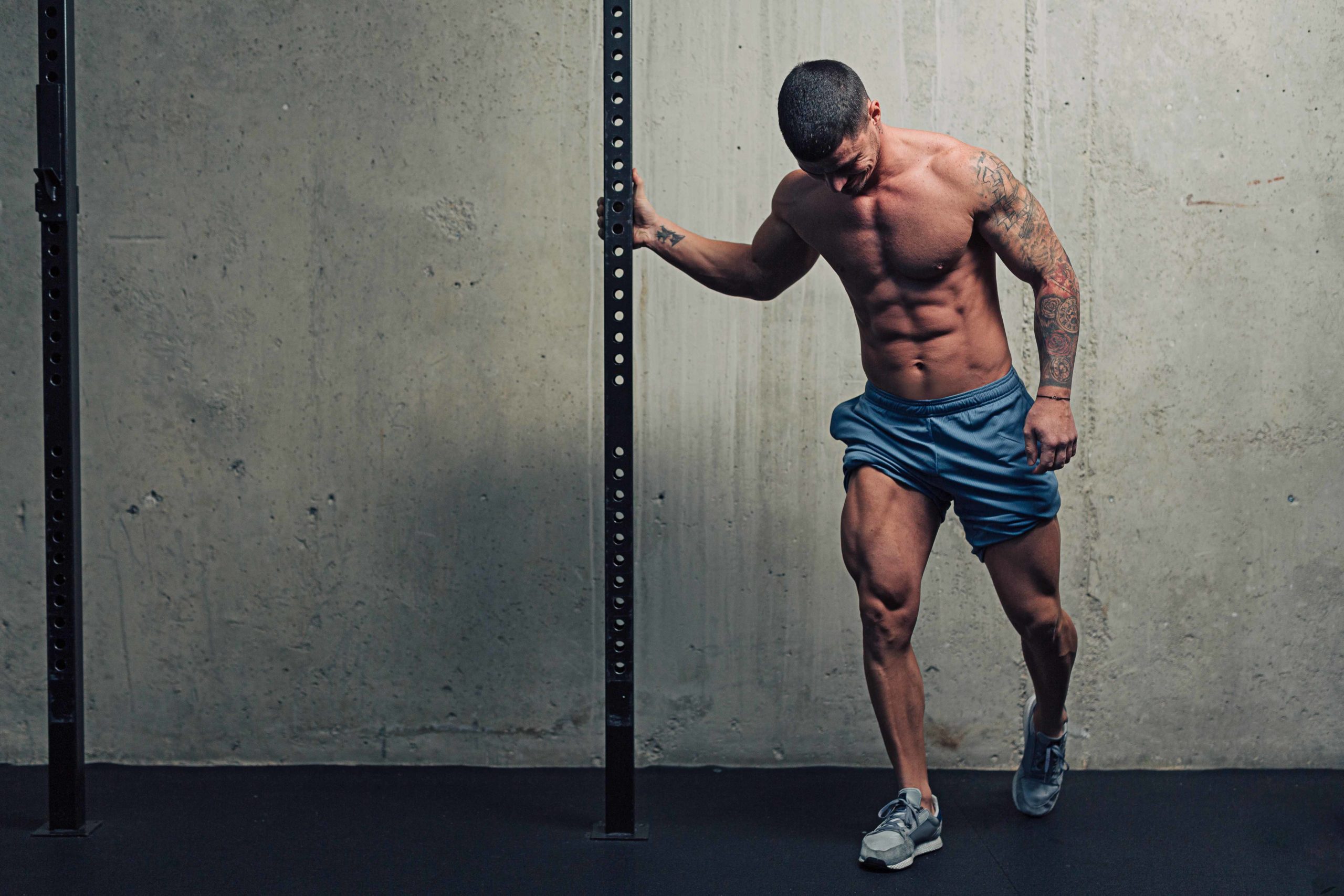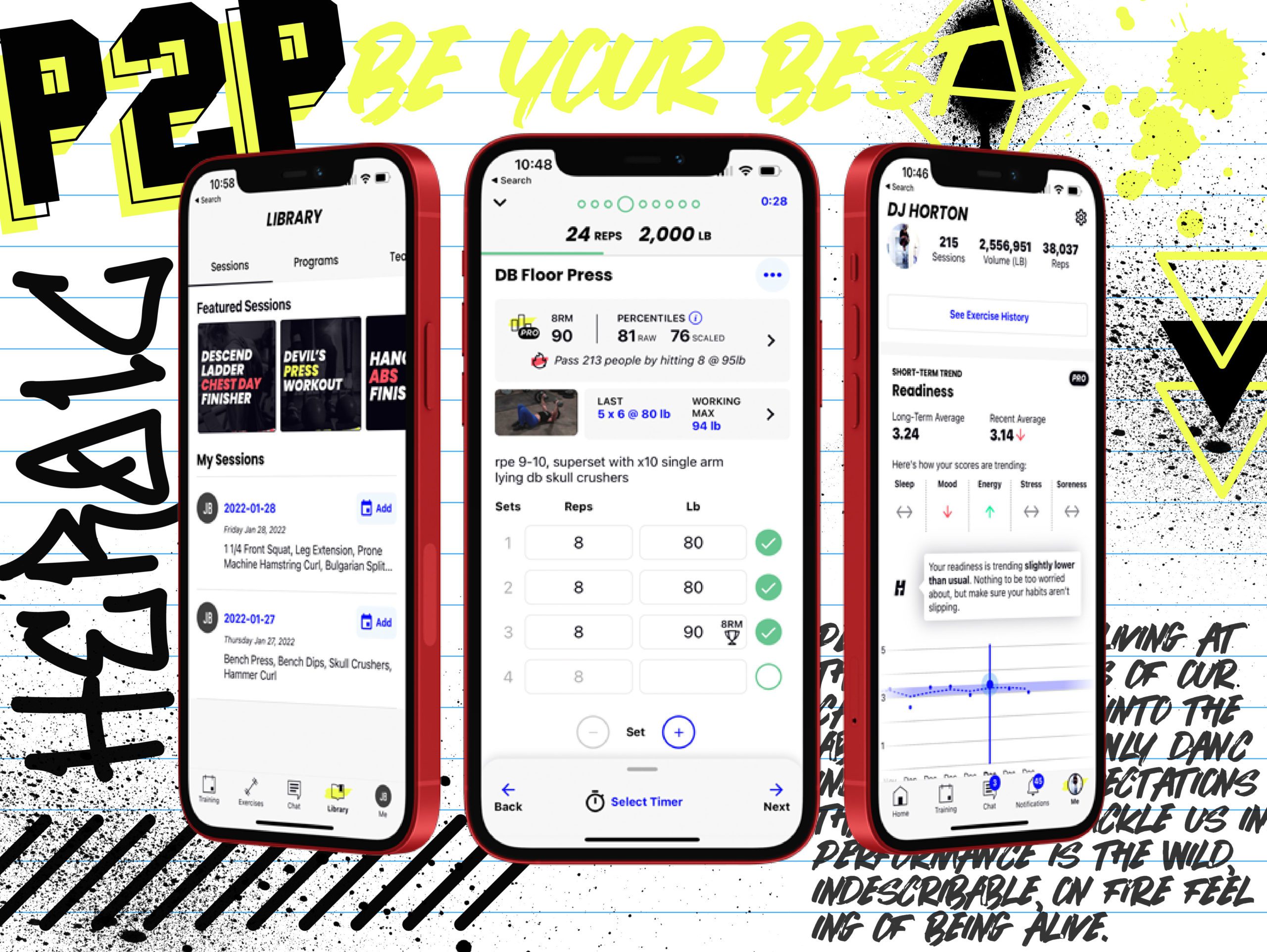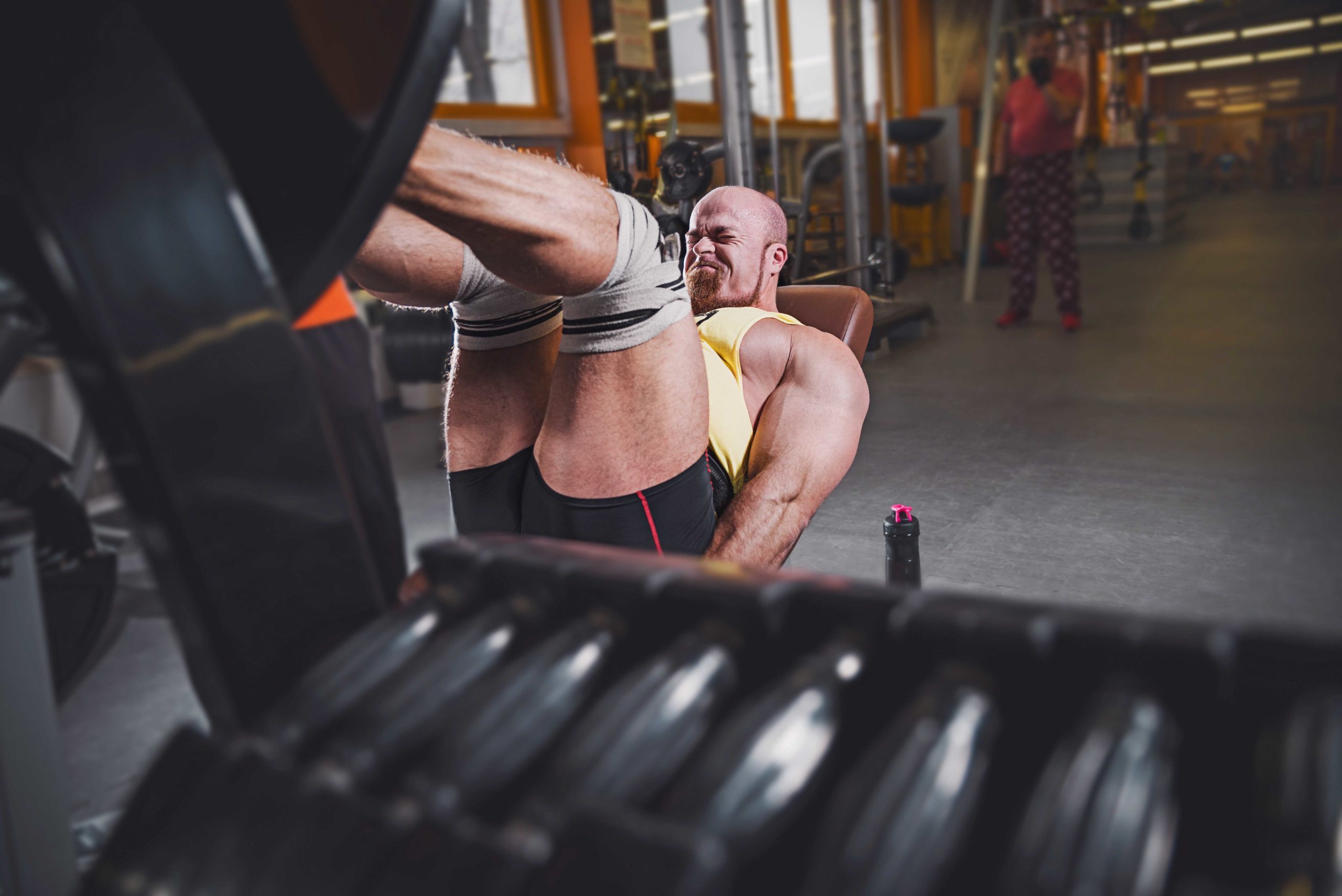Questioning “Leg Day” and Optimizing Your Leg Workouts

Getting the most out of your leg workouts means looking at a few things: frequency, recovery, movement quality, and addressing the soreness that follows. Are you totally wrecked after a hard leg session, hobbling upstairs and groaning when you sit down? It might be time to re-think your approach to leg training.
Cole Hergott is the head S&C coach at Trinity Western University in Langley, BC. With a master’s in coaching science and his CSCS, he’s got the passion for fitness, nutrition, and sports. In this piece, he makes the case for a different style of leg training.

Your Hardcore Leg Exercises Might Be Working Against You
We all pride ourselves in how much we smash our lower half. We measure our toughness by how much it hurts to walk up the stairs or sit on the toilet the next day. Then we crush our arms, shoulders, chest, and back for the rest of the week until… you guessed it, leg day appears again.
While this weekly training structure is very common among the bodybuilding community (and high school students), I’m here to make the case AGAINST leg day. There are other ways to get even MORE out of your legs, while reducing the amount of hell you have to go through the following 24-48 hours.
For many of you reading this, I’m probably not going to shock you when I say training full-body is a more advantageous way to get more out of your legs. You’ve most likely heard or seen other people in the gym training with full-body routines. They hit the squat rack, then go to the bench press and then maybe hit some RDLs. The whole time you’re thinking, “Man, what a waste of a chest day. They must be doing something wrong.”
Now the question lingering in your head is: are they wrong or are you? After all, two days later you still need help getting up the stairs in the gym while that same person jogs past you and hits squats… again! What is up with that?
How Your Leg Muscles Function
From a training standpoint, your legs have four main muscle groups and functions. Let’s go through them and name a few exercises that emphasize those areas. (There will be overlap for most exercises, but the ones named will hit those areas harder than others.)
- Quads: squats, lunges, step-ups, leg press and leg extensions.
- Glutes (butt): hip thrusts, deadlifts, back squats, and banded walks.
- Hamstrings: leg curls (lying face down, seated, or on your back), Romanian deadlifts, Nordic hamstring curls, and single-leg Romanian deadlifts
- Calves: standing calf raise, seated calf raise, single-leg calf raises
Why would training each of these muscle groups to failure once a week NOT be a great idea? Let’s dive in…
You Work too Hard to Not See Progress
Find Your Perfect Training Plan
Options for Every Goal
Training plans from real coaches covering any goal, fitness level, and number of sessions per week.
The Best Coaches
Get coached by the best. Olympians, ex-NFL stars, Titan Games Winners, Sport Scientists and more.
Starting at $1/ day
With many options including a free 7 day trial, you can try out programming before you commit.
How to Structure Your Leg Day Workouts for Maximum Muscle Growth
1. Increase Your Leg Workout Frequency
When trying to get better at a skill in your sport or daily life, from shooting free-throws to washing your car, the more you do it, the better you get.
Same goes for your gym performance. If you only train legs once per week, that is one “practice” of those movements. If you front squat on Monday and back squat on Thursday, you just doubled your exposure to squatting. Increasing your frequency of training a movement yields better performance of that movement.
Frequency also helps when you’re trying to get bigger and stronger. Your body will respond favorably to an additional dose of training and growth stimulus.
For example, if you do leg day, you get one big stimulus to grow, but then not again for another week. If you squat on Monday, do lunges on Wednesday, and step-ups on Friday, you now have multiple points of growth stimuli for your quads to grow (or those pesky calves). When it comes to strength and size, frequency is king.
2. Improve Your Recovery Tactics
Now I know what you might be thinking, “If I train one movement three times, it won’t be as hard or as fatiguing, so my muscles won’t grow as much.” Incorrect!
Science has shown us that training a few sets to failure (or even not to failure) spread throughout the week can actually do more for strength and hypertrophy (muscle gain) as one big day of crushing legs. The reason comes from your recovery.
You don’t get bigger and stronger IN the gym, but outside of it.
When you’re in the gym, you’re technically tearing down your muscle tissue so that it’s rebuilt stronger WHEN YOU LEAVE. So, instead of spending three hours one day trying to get your legs to grow as much as possible, you could space out that time training them throughout the week. This allows you to recover from each individual session, increasing the amount of time your muscles get to repair and grow.
However, there’s a limit to how much you should do. For example, is training squats every day a good idea then? That’s when quality comes into play.
Level Up Your Training
With TrainHeroic’s immersive training app
TrainHeroic does everything you wish your old gym notebook could do.
Take the guesswork out of training with built-in exercise instruction and basic training programs. Compete against yourself and others. Track your performance and readiness. Smash your goals.

Focus on Quality
Quality seems to be something that is lost in the training world these days. We tend to think “more is better” when we need to think “better is better.”
If you told me you deadlifted five sets of five, then did Romanian deadlifts for three sets of ten, my first question would be, “what was the quality of those sets?”
Sure, your deadlifts might have been great, but after you fried your grip and back, those RDLs were most likely at a weight less than what you could have done if you were fresh.
If you break up those days (do conventional deadlifts one day, then RDLs another), you increase the performance quality of the lifts AND keep the quantity the same. Since muscles get bigger and stronger by lifting more weight, which of the options below do you think would do that better?
Option 1:
Day 1:
Deadlifts 5 x 5 @ 315lbs
RDLs 3 x 10 @ 145lbs
Option 2:
Day 1
Deadlifts 5 x 5 @ 315lbs
Day 2
RDLs 3 x 10 @ 185lbs
Using simple math to calculate total volume (sets x reps x weight lifted), you see both options have the same deadlift volume (7,875lbs total), but Option 2 has much more RDL volume (4,350lbs vs. 5,550lbs). Ultimately, Option 2 has a higher growth stimulus.
So, while higher frequency is better, you need to make sure your body is able to recover from the stimulus before you hit it hard again in order to improve.

4. Alleviate Post-Leg Day Soreness
I’m sure many of you take pride in how much you can trash your legs and how sore you get. I get it. I’ve chased soreness like it was the key to all life’s problems. But believe me, it’s not.
I realized that I was not progressing with the increased soreness, it just made my subsequent training sessions worse. So, as I said before, focus on the QUALITY of your training, not the QUANTITY of your pain.
By training legs once a week and absolutely obliterating them, you might look tough in the moment, but for the next four days you look like you just walked away from a car crash.
Wouldn’t it be better to be able to train hard, enjoy your training, get better results, and not have to alter your daily life for the next few days due to the wreckage you caused?
Want Training Tips, Exercise Guides & Knowledge Bombs Sent to Your Inbox?
Sign up for the FitNerd newsletter from TrainHeroic
Related articles
3 Ways to Improve Mobility Without Stretching
Are you still trying the endless foam rolling and stretching exercises to get that deep squat position? We know how important mobility is for great, or even GOOD performance. All professional athletes have some comfortability in end ranges of motion. So, what else do...
The Ultimate Guide to Lunges: Queen of all Glute Exercises
Your glutes are the largest muscle group in your body. They’re responsible for almost everything your legs do—walking, running, jumping, squatting, lunging, and just standing upright. As far as moving through space goes, strong glutes are the bedrock of overall...
A Beginner’s Guide to Steel Mace Training
Author: Jesse Grund
Mace training will make you a better mover without it’s not confining you to a fixed space or predetermined range of motion. Second, it’s an offset load with 80 to 90 percent of the weight in the head. You’re also constantly having to resist rotation, which creates greater core engagement.

Join the community
Sign up for the latest training news and updates from TrainHeroic

About TrainHeroic
Support
Made with love, sweat, protein isolate and hard work in Denver, CO
© 2021 TrainHeroic, Inc. All rights reserved.






